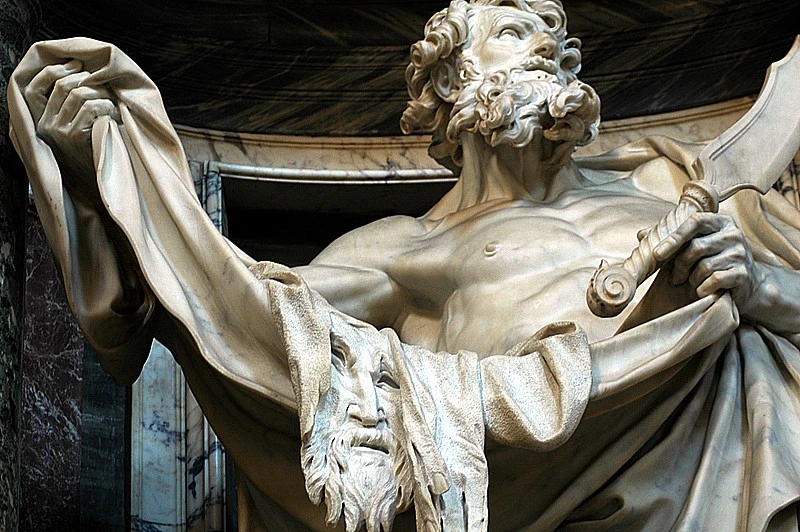In the heart of the bustling Jerusalem, crowds gather under the scorching sun, their eyes fixed on a figure standing upon a makeshift podium. Curiosity and anticipation fill the air as a renowned speaker takes center stage. But this isn’t just any speaker; it is Saint Bartholomew, the enigmatic apostle whose identity has long captivated historians and religious scholars alike. Journey with us as we unravel the life and legacy of this elusive saint.
Mysteries of Bartholomew’s Identity
One of the most intriguing elements of Saint Bartholomew’s story lies in the ambiguity surrounding his true identity. Some accounts suggest that Bartholomew is actually Nathanael, one of the Twelve Apostles mentioned in the New Testament. The Gospel of John introduces Nathanael as a man from Cana who becomes a disciple of Jesus Christ. However, concrete evidence linking Nathanael to Bartholomew is scarce, compelling scholars to engage in extensive debate.
Historical Accounts
Piecing together the historical accounts of Saint Bartholomew presents yet another fascinating aspect of this enigma. Ancient texts mention Bartholomew extensively, often accompanied by the moniker “the Apostle.” Stories from early Christian traditions place him in India, where he is believed to have preached and performed miracles. While concrete evidence of Bartholomew’s time in India is fragmentary, these legends have perpetuated his role as a missionary.
Bartholomew and the Martyrdom
Throughout history, martyrdom has been a common fate for many saints, and Bartholomew is no exception. Tradition and historical accounts claim that he faced a gruesome death for his unwavering devotion to spreading the message of Jesus Christ. Accounts vary, but many stories agree that Bartholomew was flayed alive, enduring unimaginable torment. His martyrdom has left an indelible mark on the Christian faith, with Bartholomew often revered as the patron saint against neurological diseases.
Iconography of Saint Bartholomew
In the realm of art and iconography, Saint Bartholomew’s portrayal has become synonymous with his martyrdom. Artists have depicted him holding his flayed skin as an emblematic symbol. This gory depiction serves as a testament to his exceptional faith and sacrifice. The widespread and enduring imagery of Bartholomew underscores his continued influence in religious and artistic traditions.
Bartholomew’s Universal Legacy
Beyond the realms of hagiography and religious traditions, the legacy of Saint Bartholomew extends to cultures across the globe. From the intricate Basilica of San Bartolomeo in Italy to the Bartholomew Fair in England, his impact remains alive in various festivals and places named in his honor. This widespread recognition emphasizes the importance of Bartholomew’s story and his enduring presence as a revered saint.
Saint Bartholomew’s Mystique
Saint Bartholomew, an apostle shrouded in intrigue, continues to captivate our imaginations with his fascinating tale. The ambiguity surrounding his true identity, coupled with historical accounts and the iconography depicting his martyrdom, further adds to his mystique. Whether he is Nathanael or a separate individual, Bartholomew’s legacy traverses cultures and time, retaining its significance in both religious and secular domains.
